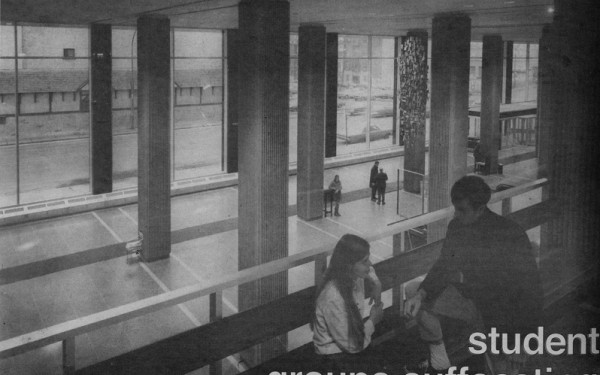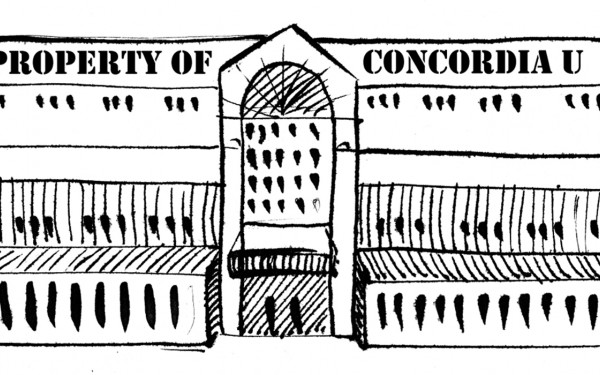Retail to Pay the Rent
$700,000 to Keep Student Share of Student Union Building Cost Under $3M
Though both the administration and the Concordia Student Union admit the projected annual budget to buy and operate a Student Union Building is “very preliminary,” the anticipated cost to students is estimated at $2.6 million per year.
In presentations directed at students throughout the SUB campaign, the students’ annual share towards the 25-year mortgage on the building has
been slated at $1.45 million, and the operating cost at $1.48 million.
The CSU and administration projected it would take $700,000 of commercial retail revenue to keep the student portion of the rent under $3 million each year,
In the same presentation, it was explained that retail space—estimated to take up five to 16 per cent of the entire building—will be split proportionally with the university.
“But if [students] want to give up five, 15, 20 per cent of their space [to be used for retail], they’re the ones who decide at the end of the day,” said Severyns.
If at any point in the 40-year term of the contract it is not economically viable for the CSU to maintain their portion of the student centre, Article Three stipulates a termination process that would see the university buy out the student centre “equal to the proportional share of the student centre value” or elect a third party to purchase it.
Any plan to create a sustainable yearly revenue of $700,000 over the 40-year term agreement is up to the students, said CSU VP Finance Zhuo Ling.
“We’re not expecting student-run cafes to be as profitable as a Tim Hortons. But if future students want a student run café [in the Student Centre], they can have it—but they might be taking a loss for it,” he said. “At the end of the day, the question basically comes down to this: if we don’t have the $700,000 in retail revenue, we’re taking a loss, because students have decided they’re taking a loss on it. When we manage retail, we need to be conscious of the cost that comes with it. Do we want a café and lose money, or a Tim Horton’s that doesn’t lose money? That’s up to them.”
Though CUSACorp and student-run initiatives have never posted anywhere near $700,000 worth of annual profit, Ling said the SUB retail plans could be profitable.
He also explained that the CSU and administration are looking into other means to offset the projected $2.6 million the CSU will be accountable for each year, such as external sponsorship and donations from the alumni.
When asked for the business plan that would outline annual revenues and expenditures as the staggering fee-levy is implemented, CSU executives could not divulge any additional details, as the SUB’s location remains “undecided.”
“We can’t have a business plan for a location, a size, for
tenants we don’t know,” said Ling. “It’s too abstract right now.”
Both executives said they did not foresee an eventual increase in the fee-levy should the $700,000 retail revenue have to be subsidized.
“An increasing fee-levy would have to go through a referendum,” explained Ling.
“And if the students in the future don’t make a profit they’ll have to review their business plan. It’s for them to decide,” added Severyns.
This article originally appeared in Volume 31, Issue 15, published November 23, 2010.

_600_832_s.png)


__600_375_90_s_c1.jpg)
